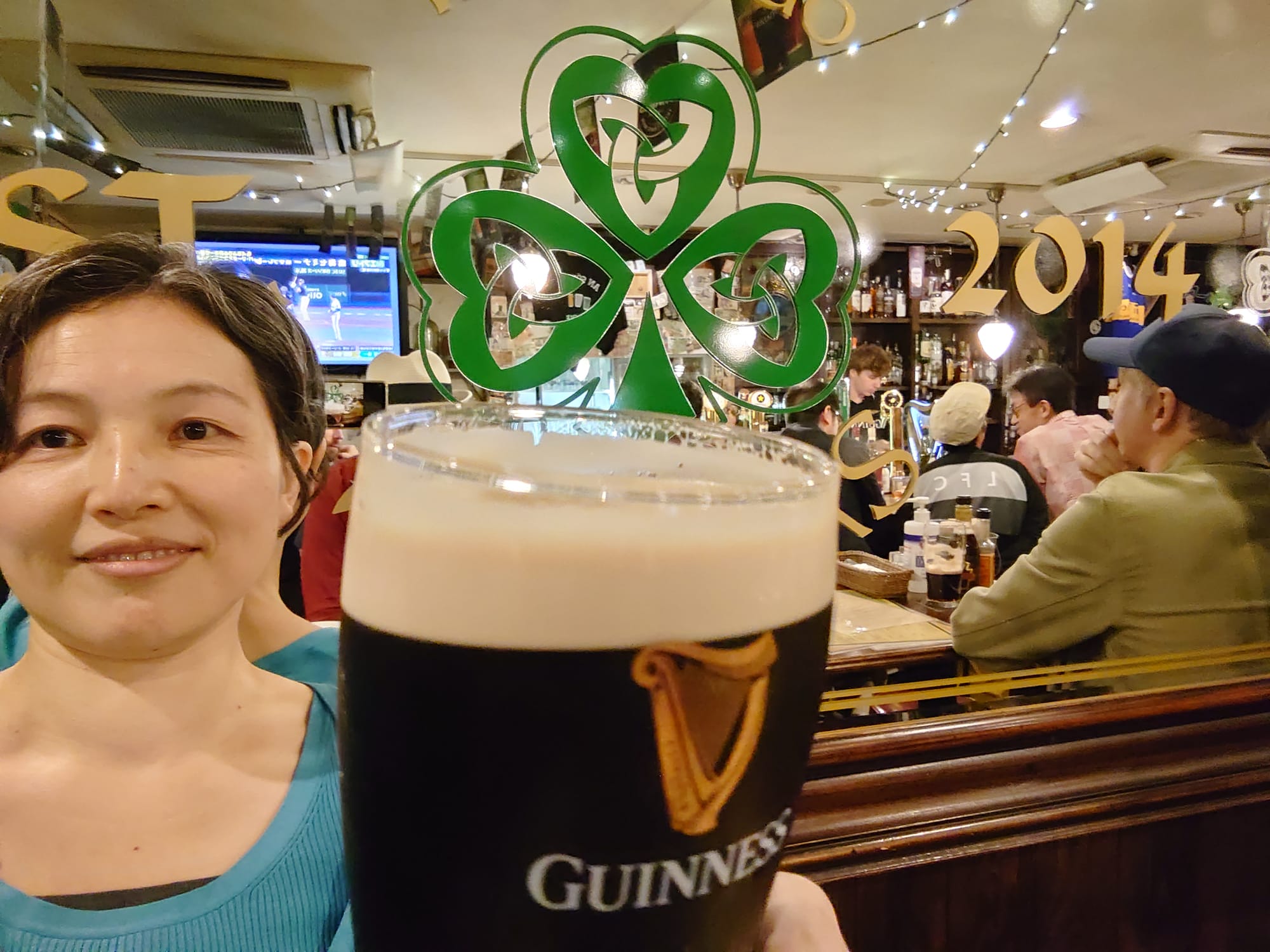Editorial: The 'harsh reality' of running a restaurant
There is a 'harsh reality' of running a restaurant. These are high break-even points and long depreciation.

Beyond business plan: Essential steps for F&B success in Japan (Continued from the post below)

The 'harsh reality' of running a restaurant: High break-even points and long depreciation
The F&B industry is known for having a higher break-even point than other sectors. This is because restaurants and bars have significant fixed costs, such as rent and expensive kitchen equipment. Depreciation costs are also high, particularly in Japan where tax law dictates longer depreciation periods than in many other countries. Furthermore, when preparing to open a restaurant, it's easy to get carried away with renovations to create the perfect atmosphere. The excitement of the preparation period can lead to overly optimistic spending.
Variable costs, such as utility bills and foodstuffs, have also skyrocketed recently, further squeezing businesses. Combined with the lingering effects of the pandemic, which limited opportunities to dine out, this has led to a situation where many people are suddenly finding it impossible to enjoy their favourite restaurants.
A survey by Tokyo Shoko Research (TSR), a Japanese credit research firm, revealed a record number of bankruptcies in the F&B industry in 2023. There were 893 cases with liabilities of JPY 10 million or more, a 71.0% increase from the previous year. This surpasses even the 842 cases recorded in 2020 when the pandemic caused a dramatic shift in demand.

The same survey found that between January and October 2024, there were already 820 bankruptcies in the F&B industry, a year-on-year increase of 12.7%. The report attributes this trend to rising utility and material costs, labour shortages, and the phasing out of government subsidies that had supported businesses during the pandemic.
It's important to note that the TSR data only includes bankruptcies with liabilities exceeding ¥10 million. This means many smaller businesses and sole proprietorships are excluded from the figures. Many of you may have your own favourite local restaurants that fall into this category, and it's natural to wonder how they are faring. While the data doesn't specifically address these smaller establishments, they undoubtedly face the same challenging business environment. Therefore, a ‘harsh reality,’ as William puts it, is likely accurate across the board.
Postscript: What is your favourite cafe, bar or restaurant?
One Sunday evening, I was drawn in by the sound of Irish music spilling from a restaurant. It instantly brought back memories of Galway, a charming city on the west coast of Ireland, which I visited almost 20 years ago. Inside the pub, an Irish band was playing at a table in the back. I settled in to listen, enjoying a Guinness (what else!?) – the most popular drink there.
It turned out this wasn't a planned performance at all. The band members had just stopped in for a drink on their way home from another gig, but the atmosphere must have inspired the musicians. They started playing just for the joy of it. It's those unexpected moments, the ones you could never plan for, that truly make an experience special.
Shiro Tanaka*, an F&B consultant, has a formula for what makes a restaurant thrive:
Q (product quality) x
S (service quality) x C (cleanliness)
x A (atmosphere) = rating.
Through years of surveying restaurant managers and staff, Tanaka discovered a strong link between service (S) and atmosphere (A). Essentially, good service creates a good atmosphere, and vice versa — something customers undoubtedly pick up on. What qualities make your favourite places special?
Interestingly, an Osaka-born told me this formula doesn't always hold true in his city. Apparently, ‘filthy but tasty’ has long been the Osaka way, though this place takes it to another level. It seems to be a unique blend of an owner's personality, customers' very Osaka characteristics, and years of tradition. Perhaps it's best not to try replicating this elsewhere — what works in Osaka might not be successful in Tokyo.

*Shiro Tanaka (田中 司朗, 2021). ‘これからの飲食店経営者・店長の教科書: 売上5割減でも巻き返せる’ (Textbook for Restaurant Managers and Owners: How to Recover Even with a 50% Drop in Sales) [In Japanese]. Tokyo: 同友館.





